
DIGITAL PROJECT
PRIMARY 3 Globalaction Physical Education
INCLUDED
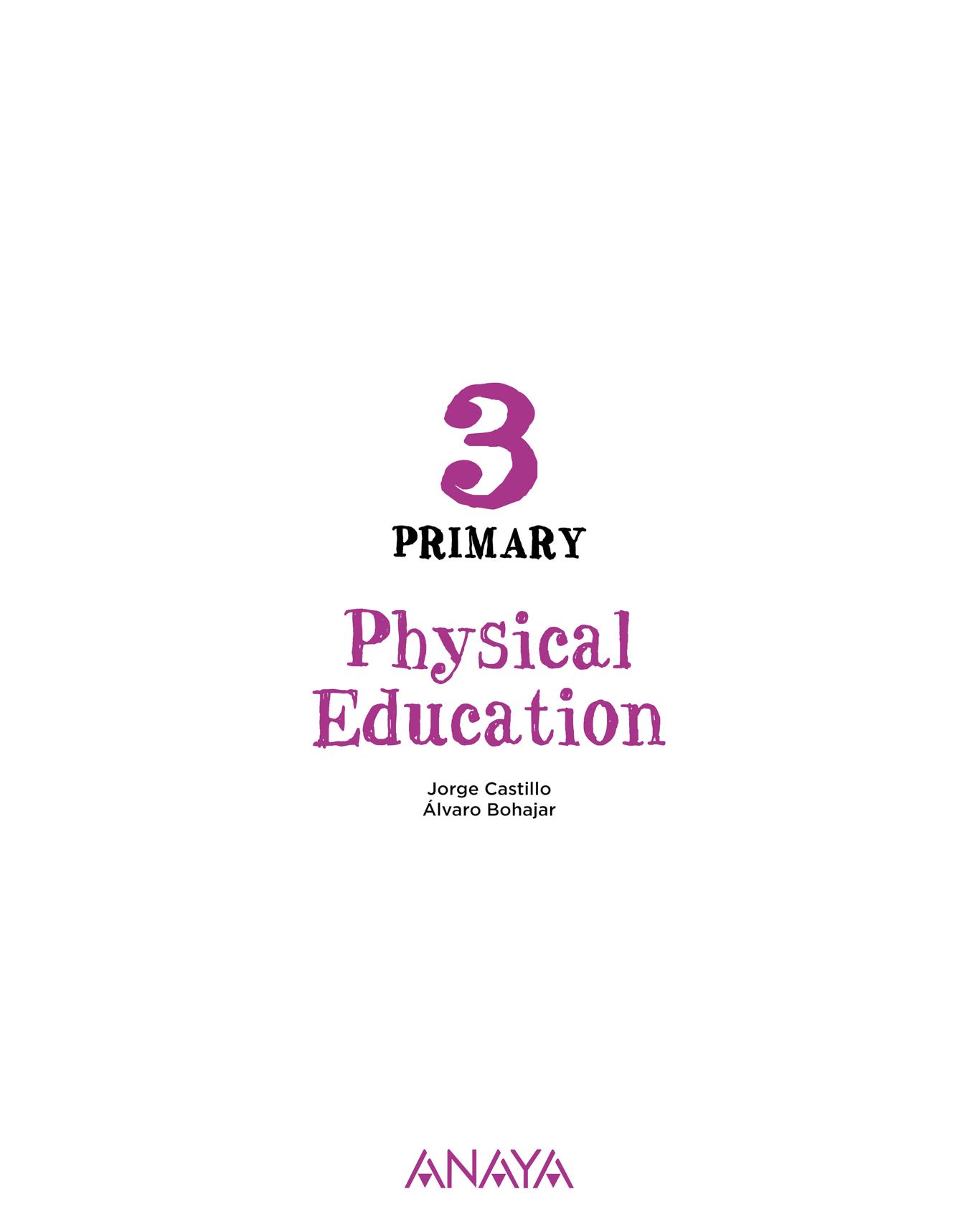
What will you learn?
LEARNING SITUATION TARGET IN ACTION SDG PAGE.





Promote a healthy lifestyle. Encourage your family and friends to do more sport.

1 3 5
2 4 6
Move your body Carry on dancing Make your own toys
Protect common spaces by organising outdoor activities and remember to leave everything clean and tidy.
FAIR PLAY: WHY DO SPORT? WOULD YOU LIKE TO BE A SPORTS TRAINER?
Learn the importance of cultural diversity by learning dances from other places.
Learn to make decisions as a group and prevent conflicts by agreeing on class rules with your classmates.
FAIR PLAY: RULES ON THE BUS. ALWAYS PAY ATTENTION TO POLICE OFFICERS
The circus comes to town Everything in its place Mission accomplished
FAIR PLAY: WARMING UP. COOLING DOWN
Reducing waste by making things out of objects we no longer in use
Promote equality and prevent discrimination by organising a competition with equal opportunities for the whole class.
Good health and well-being Quality education
consumption and production Sustainable cities and communities Peace, justice and
institutions
inequlaties
Responsible
strong
Reduced
6 28 50 16 38 60
• Moving or at rest
• Tense or relaxed
• Ways of moving around
• Body language and mime
• Energy and diet
• Sense of direction
LEARNING PLAY ZONE
• The beat goes on
• The mirror
• Pacman
• Acting
• Tag
• Marco Polo
• Ways you can jump
• The phases of jumping
• Breathing and sport
• Types of imitation
• Body posture
• Dancing and movement
• A dance routine: time and space
• Types of balance
• Rolls, spins and flips
• Personal hygiene
• Popular games
• The importance of warming up
• Ways of warming up
• Our body and laterality
• Types of throws
• Objects and emotions
• Traditional games
• Respect and sport
• Looking after the environment
• Sense of direction
• Growth
• Space and time
• Stretching and relaxation
• Body awareness
• Movements
• Body expression in a play
• Sports in our life
• The importance of safety
• Hopscotch
• Skipping
• Balloon race
• We are the same species
• Conquer the castle
• Musical hoops
• Musical chairs
• Recover the treasure
• The imposible spin
• Where’s the mistake?
• Cops and robbers
• The wall
• The fox
• The correct part
• Flying balls
• Noughts and crosses
• Hide-and-seek
• Put yourself in my shoes
• Sorting rubbish
• Lost treasure
• Be a superhero!
• Follow the beat
• Relaxing massage
• Statues
• Defend the treasure
• Who am I?
• Spider web
• On patrol. Pinfuvote
Key concepts








2 Disfruta del pasacalles









La mayor parte del tiempo realizamos nuestras actividades en lugares que son de todos (en el parque, en la calle, en la montaña, etc.).
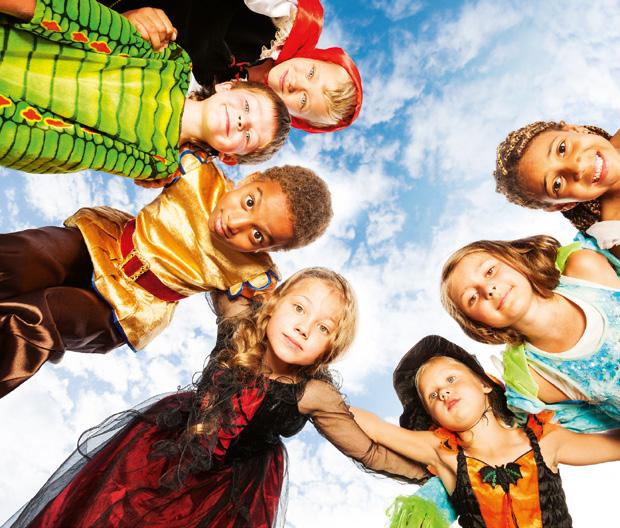


¿Cómo lo ves?
Los espacios comunes son lugares de encuentro con los demás. ¿Cómo puedes ayudar a cuidarlos?


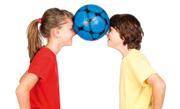
enObjetivoacción
El dato Más de la mitad de las personas del mundo comparten espacios comunes en ciudades.
Redoblar los esfuerzos para proteger los espacios comunes, organizando actividades al aire libre y acordándote de recoger todo lo que hayas podido ensuciar o desordenar.
23 22 U2 PLAY ZONE ¡¡ PLAY ZONE ¡¡ Body posture Cooperation and opposition Your body posture is the way you usually hold your body when doing physical and everyday activities. Sometimes, we adopt the wrong postures and these can hurt us. In sport, you sometimes play in cooperation and other times in opposition. Cooperation means working together and supporting each other as part of a team to achieve your goal. Opposition means stopping your opponent or the other team from achieving their goal, always respecting the rules of the game. 9 Look at the pictures. Compare them. Then, answer the questions in your notebook. a) In which of the two pictures do the children have good body postures? b) Which parts of the body do these wrong postures hurt? 10 Think of two body postures that you have adopted which are wrong. Write them in your notebook. a) How can you correct them? b) Choose one wrong posture. Make a promise to change it to a good body posture. Write it down. 11 Copy the table into your notebook. Then, write the games in the correct place. 12 Invent your own cooperation game. Write the name of your game in your notebook. Write the rules. a b Sack race Keep it up Cops and robbers Rounders Ten steps Pull the tail Cooperation Opposition Cooperation-opposition ? ? ? ? ? ? Walking with style Conquer the castle To avoid getting hurt, always keep your shoulders in line with your hips. Sport is my hobby. have fun and stay healthy at the same time. You’ll play games!! Competency-based activities Why are you learning this? In each unit there is a learning situation and a final plan of action. All about your book 21 20 U2 7 Imitate people doing these sports. 8 Look at the example. Now, copy and complete the table. Breathing and sport Types of imitation Do breathe when I’m asleep? Human beings breathe When we do exercise, we breath in air through our nose and breathe out air through our mouth. 5 Look at the children in the pictures. For each one, write breathe in or breathe out in your notebook. 6 Read the sentences. In your notebook, write T if it is true and F if it is false. a) can breathe in underwater and stay there longer. b) can only breathe out for a limited time. c) After running need to breathe out deeply to recover. d) When concentrate on something, forget to breathe. Imitation helps us represent real or fictional people, or even animals. We imitate them using movements, expressions or sounds, or a combination of all three. I’m a crane. How does it move around? What noise does it make? Dog On four legs Bark Human ? ? Gorilla ? ? Lion Balloon race We are the same species b c b d PLAY ZONE ¡¡ PLAY ZONE ¡¡
in the
situation. 4 You’ll work on your skills
You will gain general knowledge
learning
16 11 17
And in every term...
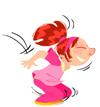




Fair play

Plan of action


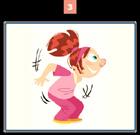
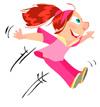
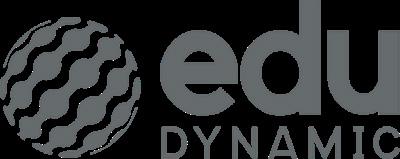





















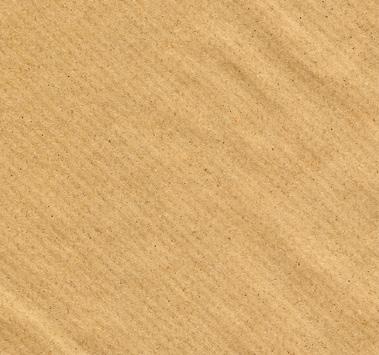

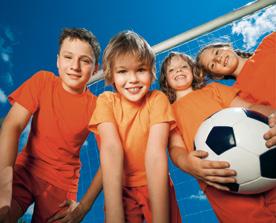
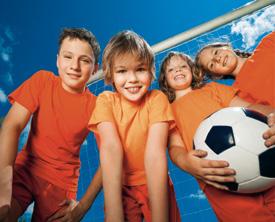
26 27 Fair play Why do sport? Benefits and advantages Concentration is important for doing any activity correctly. Sport and physical activity help relieve stress. They also help you disconnect from your daily routine and improve your ability to concentrate on other activities. Would you like to be a sports trainer? More efficicy Better concentration 1. Train yourself Learn the rules and all the characteristics of your chosen sport. You will need this knowledge to train your team properly. Don’t forget to stay fit. 3. Learn to listen All competitions have moments of stress and tension. It is important to keep calm and control your reactions and those of your team. 2. Control your emotions Listen to and get to know your team. That way you will be able to help them in any situation. Communication is a very important skill to master. 4. Set an example Try to set an example by respecting the referee’s decisions. Stay calm and controlled on the playing field. Do you really want to guarantee your team’s success? Then, try to make sure they are friendly and kind to each other. Encourage collaboration and solidarity. Sport offers equal opportunities to both sexes. Any physical activity or sport can be done just That is why there are mixed competitions, 26 27 Fair play Why do sport? Benefits and advantages Concentration is important for doing any activity correctly. Sport and physical activity help relieve stress. They also help you disconnect from your daily routine and improve your ability to concentrate on other activities. Would you like to be a sports trainer? More efficicy Better concentration 1. Train yourself Learn the rules and all the characteristics of your chosen sport. You will need this knowledge to train your team properly. Don’t forget to stay fit. 3. Learn to listen Allcompetitionshavemomentsof stress and tension. It is important to keep calm and control your reactions and those of your team. 2. Control your emotions Listen to and get to know your team. That way you will be able to help them in any situation. Communication is a very important skill to master. 4. Set an example Try to set an example by respecting the referee’s decisions. Stay calm and controlled on the playing field. Do you really want to guarantee your team’s success? Then, try to make sure they are friendly and kind to each other. Encourage collaboration and solidarity. Values in sport Sport offers equal opportunities to both sexes. Any physical activity or sport can be done just the same by boys and girls. That is why there are mixed competitions, as well as male and female ones. Sport teaches you to accept everyone. Regardless of sex, race or ability level.
24 PORTFOLIO What do I know? 19 Look at your results and set yourself a goal for the next unit. Write it in your notebook. 13 Read the clues and solve the crossword in your notebook. Type of body language in which you use movement, expressions and sounds to represent people or animals. 2 All human beings do this. We use our mouths and our noses. 3 Last phase of a jump, from when you start to come down until you touch the ground. 4 First phase of a jump, in which you gain momentum to lift your body off the ground. 14 Use the words to complete the sentences. Copy them into your notebook: hips bend shoulders rest a) To pick an object up off the floor, always … your knees. b) When you sit down, your back should … on the back of your chair. c) On your way to school, you should carry your backpack above your … with the straps over both … 15 Think of one cooperation game or sport and one of opposition. Write their names. a) Which one do you like the most? Why? b) Which one is better to play as a team? effort. show an interest. participate actively in class. ask questions and resolve doubts. 2 2 3 4 ? U2 In this unit, you have learned what imitation is and how you can do it. Now, use the Picture technique to organize a parade imitating a circus. Which objects do you need? 1 What can you do to take care of the public space when the parade finishes? 2 Why do you think it is important to take care of public spaces? know? Let’s reflect 16 I’m sure you already knew some of the words you learned in this unit. But not all of them. Complete the table in your notebook. Words I knew Words didn’t know Jump Impulse ? ? ? ? 17 What did you do for the first time in this unit? Write some examples. 18 Copy the target in your notebook. Mark a dot on line 1, 2 or 3 in each section to show your score. Join the dots. 19 Look at your results and set yourself a goal for the next unit. Write it in your notebook. the crossword in your notebook. in which you use movement, expressions represent people or animals. this. We use our mouths and our noses. from when you start to come down until jump, in which you gain momentum to lift ground. complete the sentences. Copy them into your bend shoulders rest off the floor, always … your knees. your back should … on the back of your you should carry your backpack above over both … . game or sport and one of opposition. the most? Why? to play as a team? make enough effort. I show an interest. participate actively in class. ask questions and resolve doubts. 1 2 3 1 ? U1 5 Portfolio And a great digital project from Anaya to you: a global response to a diverse learning environment. Edudynamic is: Intuitive. Downloadable. Simple. Multi-device. Synchronisable. Universal. 9:45 AM 100% adiP Ordena las fases del salto. 1 2 Otra Vez Comprobar El salto Ordena las fases del salto. 1 2 Otra Vez Comprobar El salto Ordena las fases del salto. 1 2 Otra Vez Comprobar El salto Icons Cooperative learning ICT Gameplay SDG Emotional learning Listening Learning to think Assessment Put the phases of jumping in the correct order. Jumping Ordena las fases del salto. 1 2 Otra Vez Comprobar El salto Try again
1 Move your body
Doing exercise and eating well are key to a healthy lifestyle.
What do you think?
Did you know that everybody has the right to a healthy lifestyle and play sports?

The facts
A sedentary person is a person does less than 90 minutes of exercise per week.

Target in action
Promote a healthy lifestyle. Encourage your family and friends to do more sport.
6


3 7
Moving or at rest
Your body can be moving or at rest.


• When it is moving, it changes place or position.



• When it is at rest, there is little or no movement.

2 Copy the table in your notebook. Now, complete it with the words below:

8
1 Look at the children and write moving or at rest in your notebook.
Sleeping Running Jumping Watching TV Throwing Reading PLAY ZONE ¡¡
moving.
Keep
At rest Moving ? ? ? ? a b c The beat goes on
Tense or relaxed
Your body can be in two different states:
• Tense, when it is ready for action.
• Relaxed, when all parts are calm.
Experts recommend 30 minutes of physical exercise every day.







3 Look at the children and write tense or relaxed in your notebook.


4 Look at the pictures. How do they make you feel, tense or relaxed? Write and explain your answers in your notebook.
Learn more at anayaeducacion.es

9 U1
a a b c b c
ZONE ¡¡
PLAY
The mirror
Ways of moving around
We can also move objects around.

Moving around means moving your body from one place to another.
There are different ways of moving around, such as walking, running, crawling and climbing.






10
5 Look at the pictures and write walking, running, crawling or climbing in your notebook.
a b
6 Think of an original way of moving around. Draw it in your notebook.
c d PLAY
¡¡
Pacman
ZONE
Body language and mime
We use mime everyday to communicate.

Body language is using your body to communicate with others.
Mime is when you act out actions, emotions or feelings using gestures and movements.





7 Look at the boy in the pictures. Imitate his gestures. What emotions is he expressing? Write them in your notebook.





8 Look at the pictures. What do these gestures and movements express? Tell the class.

11 U1
PLAY ZONE ¡¡
a b c d
Acting a b c
Energy and diet


You need energy to do physical activities. This energy comes from food. A healthy and varied diet gives us everything we need to live.


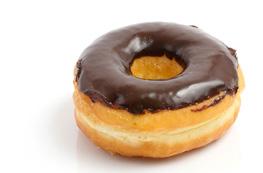
9 Look at the pictures. In your notebook write down which of these food you like best.

10 Copy the table into your notebook and classify the foods from exercise 9.



Healthy food




12
Remember, you should drink lots of water to stay hydrated.
? ? ? ? ? a e b c d g h f Tag PLAY ZONE ¡¡
Unhealthy food ? ? ?
Sense of direction
The Sun rises in the east and sets in the west.
Your sense of direction helps you know where you are or what direction to take to get somewhere.
You use your sense of direction both in town and in the countryside.


11 Copy the grid in your notebook. Help the children find their way without crossing paths.






13 U1
12 Look at the example. Then, draw your own maze in your notebook.
Marco Polo
¡¡
PLAY ZONE
W hat do I know?
13 In your notebook, describe a situation in which your body is:
14 Read the definitions. Find the word, write it in your notebook.
a) Way of moving around in which one foot is always in contact with the ground. ? ?
b) When you act out actions, emotions or feelings using gestures and movements. ? ?
c) Something that helps you know where you are or what direction to take to go somewhere.

15 Think of three foods for a healthy and balanced diet. Write them in your notebook. ? ? ?

Traffic light: Colour in next to the activity.
I know how to do it.
I need help.
I don’t know how to do it.
14 PORTFOLIO
Moving At rest Tense Relaxed
? ?
? ?
? ? ? ? ? ? ? ? ? ? ? ? ? ? ? ?
Brainstorm ideas to help other people understand the benefits of regular physical exercise.

1 What benefits does playing sports have?
2 What happens when you don’t do it regularly?

3 How can you encourage your family to play sports every day? Write in your notebook the reasons you consider most important.
Words I knew
Words I didn’t know
? ? ? ?

17 Which of these emoticons reflects your attitude in PE class? Draw it in your notebook.
18 How do you feel when you communicate with gestures and movements? Answer in your notebook. You can use words, drawings or emoticons.
19 You learned a lot about diet in this unit. How will this help you in your life? Write your answer in your notebook.
U1 15
Running Climbing
2 The circus comes to town

We usually do activities in public spaces (the park, the street, the mountain, etc.)
What do you think?
Public spaces are places where we meet with other people. How can we take care of them?
The facts
More than half of the population in the world share public spaces in cities.
Target in
action
Protect common spaces by organising outdoor activities and remember to leave everything clean and tidy.

16


11 17
Ways you can jump
To jump properly, bend your knees and lift your feet off the floor.
Jumping means lifting your whole body into the air quickly. There are different ways you can jump: up or down (vertical jumps). Forwards or backwards (horizontal jumps). Or to the side (side jump).

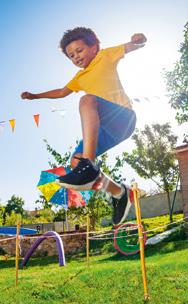

1 Look at the children and write up, down or forwards in your notebook.

2 Match the names with the actions in your notebook.
a Vertical jump: …


b Horizontal jump: …

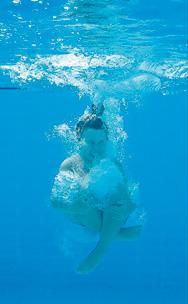
c Side jump: …

18
¡¡
PLAY ZONE
b c
a
Hopscotch
Elena Eduardo Tania
The phases of jumping
Jumping has three steps:

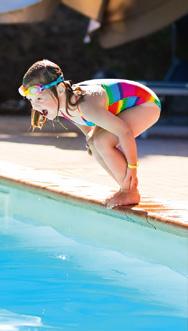
The more force you use the further you will go.
1 Propulsion, which is the force you need to jump.

2 Flight, which is the time your body is in the air.

3 Landing, which is the time from the highest point in your jump to the moment you touch the ground.

3 Look at the children in the pictures. Write in your notebook, use your own words to explain the three phases of a jump.


Learn more at anayaeducacion.es


4 Look at the pictures below. Order the phases of the girl’s jump in your notebook.

19 U2
¡¡
PLAY ZONE
a b c Skipping Propulsion Flight Landing
Breathing and sport

Do I breathe when I’m asleep?

Human beings breathe . When we do exercise, we breath in air through our nose and breathe out air through our mouth.



5 Look at the children in the pictures. For each one, write breathe in or breathe out in your notebook.
6 Read the sentences. In your notebook, write T if it is true and F if it is false.
a) I can breathe in underwater and stay there longer.
b) I can only breathe out for a limited time.
c) After running I need to breathe out deeply to recover.

d) When I concentrate on something, I forget to breathe.

20
c
b a
¡¡
Balloon race
PLAY ZONE
Types of imitation
I’m a crane.
You can use movements, expressions and sounds to imitate people or animals. This is called imitation.



7 Imitate people doing these sports.




8 Look at the example. Now, copy and complete the table in your notebook.
How does it move around?
What noise does it make?
Dog On four legs Bark

Human ? ?

Gorilla ? ?
Lion ? ?
Cat ? ?
We are the same species
21 U2
d
¡¡
a c b
PLAY ZONE
Body posture

To avoid getting hurt, always keep your shoulders in line with your hips.
Your body posture is the way you usually hold your body when doing physical and everyday activities. Poor posture can hurt us.
9 Look at the pictures. Compare them. Then, answer the questions in your notebook.

a) In which of the two pictures do the children have good body postures?


b) Which parts of the body do these poor postures hurt?
10 Think of two body postures that you have which are poor. Write them in your notebook.

a) How can you correct them?
b) Choose one poor posture. Make a promise to change it to a good body posture. Write it down.
Walking with style
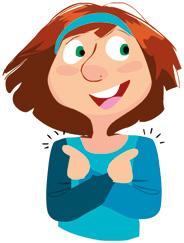
22
¡¡
PLAY ZONE
a b
Cooperation and opposition
Sport is my hobby. I have fun and stay healthy at the same time.
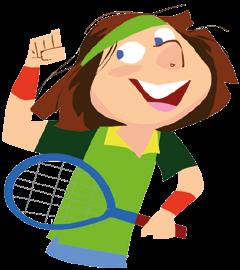
• Cooperation means working together and supporting each other as part of a team to achieve your goal.


• Opposition means stopping your opponent or the other team from achieving their goal, always respecting the rules of the game.
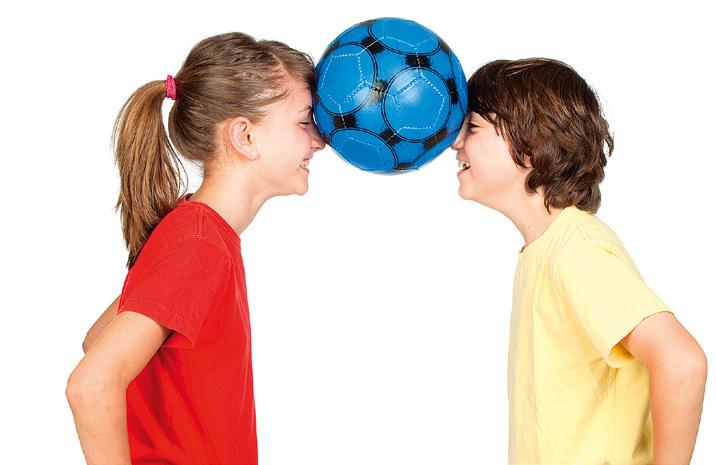
11 Copy the table into your notebook. Then, write the games in the correct place.
Sack race
Ten steps
Cops and robbers
Don´t drop the ball
Catch the tail
Cooperation Opposition
Rounders
Cooperation-opposition
? ? ? ? ? ?
12 Invent your own cooperation game. Write the name and rules of your game in your notebook.

PLAY ZONE
Conquer the castle

23 U2
¡¡
W hat do I know?
13 Read the clues and solve the crossword in your notebook.
1 Type of body language in which you use movement, expressions and sounds to represent people or animals.
2 All human beings do this. We use our mouths and our noses.
3 Last phase of a jump, from when you start to come down until you touch the ground.
4 First phase of a jump, in which you gain momentum to lift your body off the ground.

14 Use the words to complete the sentences. Copy them into your notebook:
hips bend shoulders rest
a) To pick an object up off the floor, always … your knees.
b) When you sit down, your back should … on the back of your chair.
c) On your way to school, you should carry your backpack above your … with the straps over both … .
15 Think of one cooperation game or sport and one of opposition. Write their names.
a) Which one do you like the most? Why?
b) Which one is better to play as a team?
24 PORTFOLIO
1 3 2 4 ?
Use the Picture technique to organise a parade imitating a circus. Which objects do you need?


1 What can you do to take care of the public space when the parade finishes?
2 Why do you think it is important to take care of public spaces?
Let’s reflect
16 I’m sure you already knew some of the words you learned in this unit. But not all of them. Complete the table in your notebook.
Words I knew Words I didn’t know Jump Propulsion ? ? ? ?



17 What did you do for the first time in this unit? Write some examples in your notebook.
18 Copy the target in your notebook. Mark a dot on line 1, 2 or 3 in each section to show your score. Join the dots.
I make enough effort.
I participate actively in class.
I show an interest.
I ask questions and resolve doubts.
19 Look at your results and set yourself a goal for the next unit. Write it in your notebook.
U2 25
1
3
2






































































































































